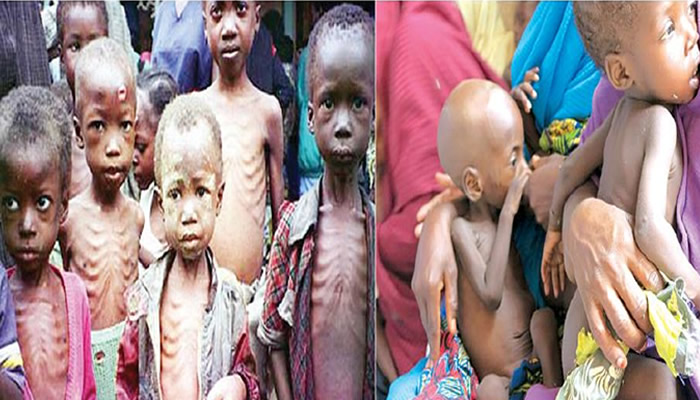
Experts in nutrition have issued warnings regarding the increasing cost of maintaining a healthy diet in Nigeria, signaling a potential rise in severe malnutrition among the population, especially putting children under five at high risk if immediate actions are not implemented.
They have emphasized that even before the current economic crisis, more than 50% of women of reproductive age were already struggling to afford a nutritious diet.
The nutritionists further highlighted that the situation has been exacerbated by the recent economic turmoil in Nigeria, as confirmed by the latest report from the National Bureau of Statistics.
PUNCH Healthwise previously reported on the June ‘Cost of Healthy Diet’ report released by the NBS and the Global Alliance for Improved Nutrition, which revealed that the average cost of a healthy diet for an adult in Nigeria surged from N858 in January to N1,241 by June 2024.
The report indicated a 45% increase in the Cost of Healthy Diet (CoHD) within the first half of 2024.
During the same period, general inflation and food inflation rose to 33% and 40%, respectively.
Additionally, the NBS pointed out that the June figures were 19% higher than the reported N1,041 per adult per day in May 2024.
According to the World Bank, the CoHD represents the cost of purchasing the most affordable locally available foods necessary to meet energy and dietary guidelines, adjusting for current purchasing power parities.
The report highlighted that the primary drivers behind the CoHD increase were vegetables, legumes, nuts, seeds, and starchy staples, with starchy staples experiencing the smallest monthly price surge.
In exclusive interviews with PUNCH Healthwise, nutrition experts expressed grave concerns over the 45% cost escalation of a healthy diet, outlining the severe repercussions for both adults and children under five.
James Oloyede, the Director of Nutrition Services and Health Education at the Osun State Primary Health Care Development Board, cautioned that the unaffordability of a nutritious diet could result in severe malnutrition and wasting in young children, given the absence of viable alternatives for a balanced diet.
As defined by the World Health Organization, severe acute malnutrition is characterized by very low weight-for-height, weight-for-length, or clinical signs of bilateral pitting edema, posing a threat to approximately 19 million children under the age of 5 globally and contributing to around 400,000 child fatalities annually.
Furthermore, Oloyede explained that the inability to access a healthy diet due to escalating costs may lead to micronutrient deficiencies, known as hidden hunger, emphasizing the critical role of micronutrients in metabolism acceleration and the body’s healing processes.
He further elaborated that this circumstance could also result in overnutrition, a condition where individuals consume an energy-rich yet nutrient-deficient diet, potentially leading to overweight and obesity, along with associated health risks like cardiovascular issues and diabetes.
Drawing on the impact of nutritional inadequacies, Mary Mgbekem, a nutritionist and professor at the Department of Nursing Science, University of Calabar, stressed that individuals unable to afford a wholesome diet, both adults and children, would likely suffer from malnutrition, which can manifest in various forms beyond visible extremities.
She highlighted that nutritional deficiencies could lead to biochemical imbalances in the body, affecting health indicators like weight and body proportions, ultimately necessitating comprehensive nutritional assessments to diagnose malnutrition accurately and address associated health challenges.
